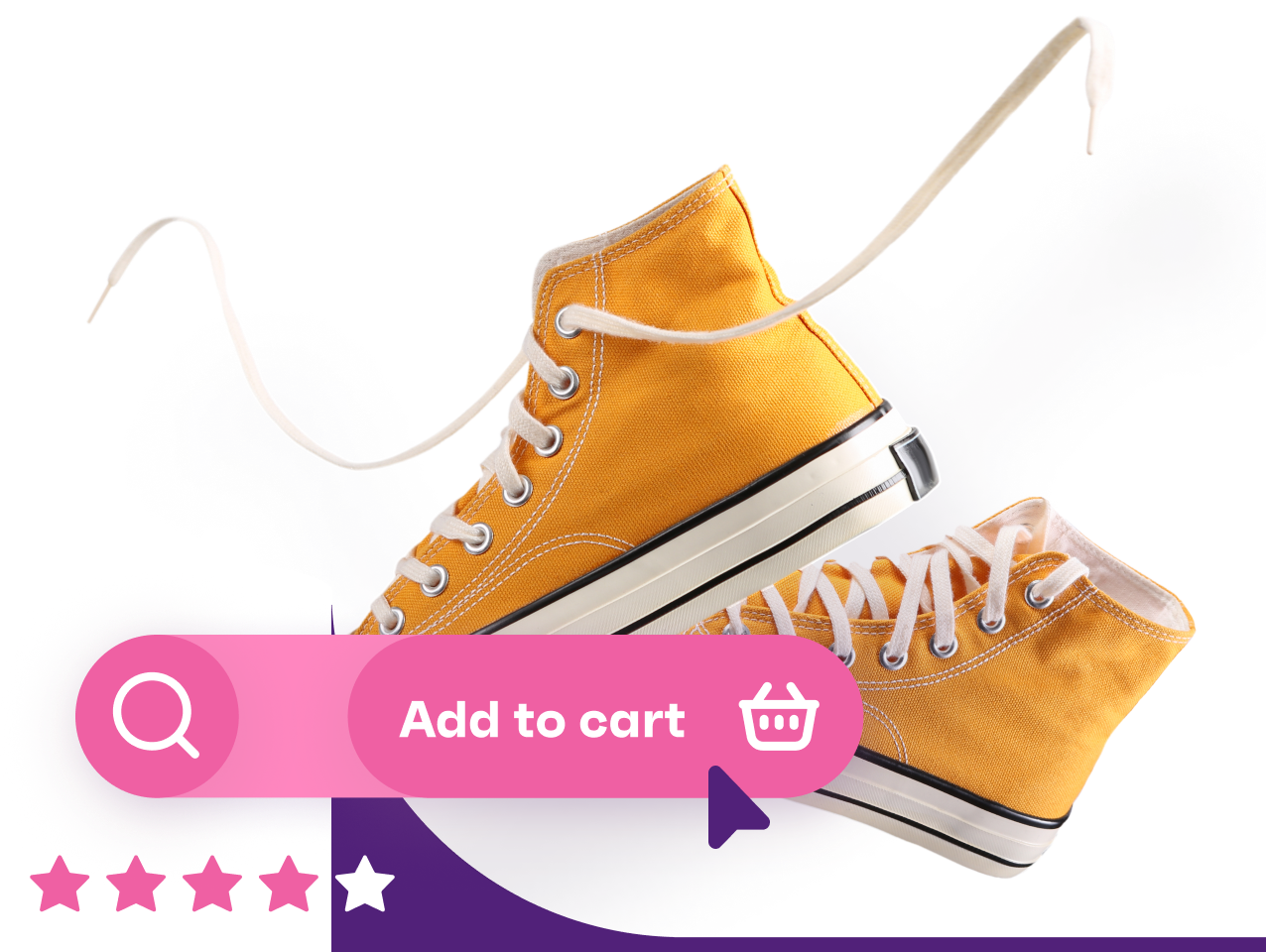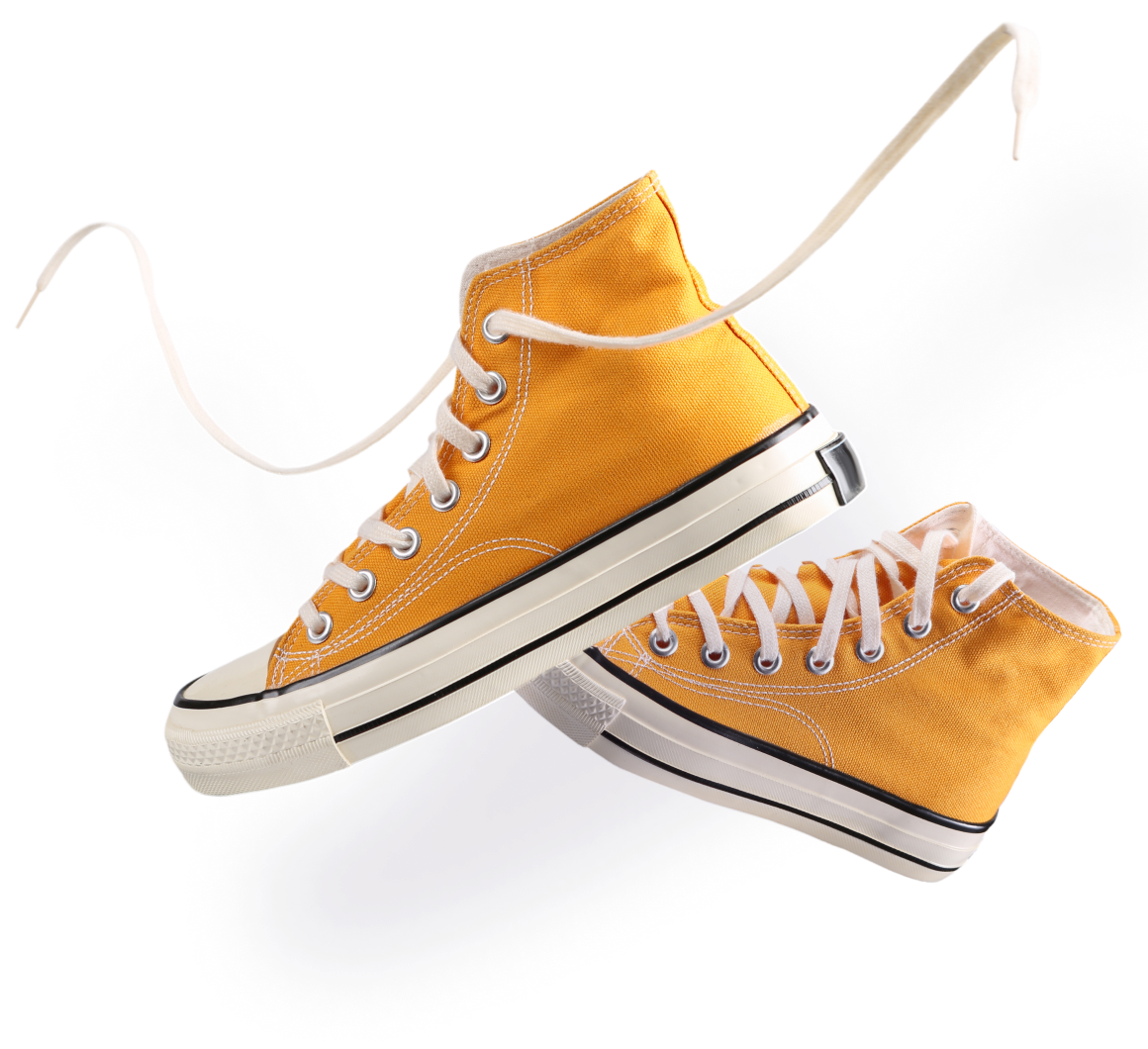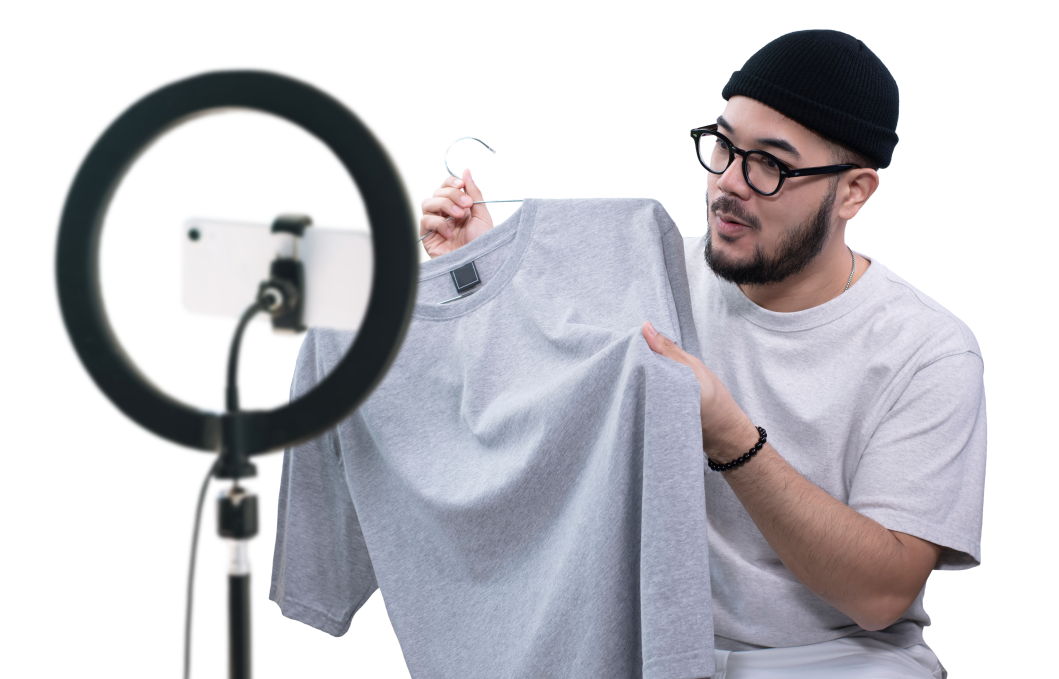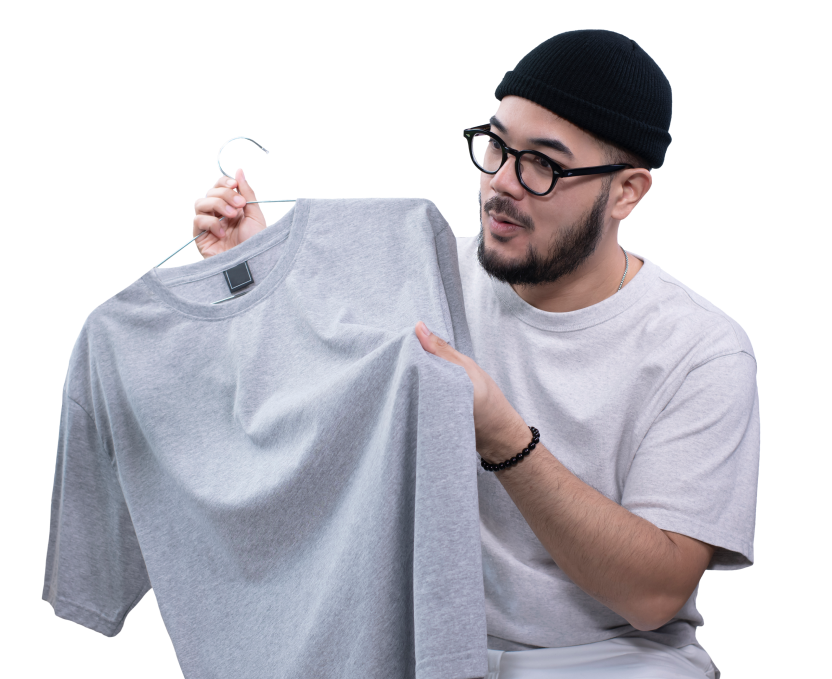
As seen on social media
How consumers are finding products in 2023

SCROLL FOR MORE






SCROLL FOR MORE




In 2014, Susan Philips was among the first to put forward a revolutionary new idea: in the near future, we won’t search for products; companies will find us through social media.
This was probably hard to imagine back then, at a time when most people started their shopping experience on Google or Amazon. If you wanted to land more online sales, you’d focus on using good keywords in your product descriptions.
The aim of the game has always been to get in front of customers where they’re searching, but today, we’re playing on a different pitch.
In fact, Susan’s prediction is starting to look a lot like reality. According to recent data shared by Google, nearly half of young people look to TikTok or Instagram instead of Google Maps or Search for answers.
This has big implications for many online retailers, who now need to rethink their approach to succeeding online.
When trying to understand why social media has become the first stop on many people’s buying journey, their relationship with the internet is a good starting point.
While finding information is still the top reason we give for going online, it doesn’t call the shots like it used to. Similarly, less emphasis is being placed on researching products, and there’s been an 8% drop in consumers saying they do this before buying an item since 2020.
Senior VP at Google
This open-ended style of browsing is both a product of TikTok and the reason it’s so popular. 16-24s were the first users of the app, known for its highly personalized algorithm and exciting visuals, and we can see the effect it’s had on them.
While Gen Z are more likely to buy online than baby boomers, they’re less likely to describe purchasing as a top benefit of the internet (25% vs 44%); instead, community/interests are worth a whole lot more (23% vs 10%). In other words, younger audiences start their search from a place of curiosity and expect to be led down a fun rabbit hole of new ideas, rather than directed to a list of brands or products.
Many older consumers, who have firm expectations around using the internet, will keep relying on search engines. But we’re not likely to backtrack on the direction we’re headed, especially as newer generations take more control of the narrative.
Now we’ve looked at the reasons behind this shift, we can map it out.
The number of people doing their shopping-related research on social networks has shot up since 2015. These platforms have even surpassed search engines among Gen Z, and millennials are teetering on the edge of this milestone as well.
Not to mention, fresh platform updates will probably move things along faster. As TikTok tests out a new search feature that highlights keywords in comments and links them to results, LinkedIn’s latest tweak offers users a much wider scope of possible matches.
With these spaces driven by trends, brands need to keep track of what’s culturally relevant to their audience and the questions they’re asking if they want to cut through the noise, and there are plenty of great examples to draw on.
The hashtag #lazylazymakeupgirls got a lot of attention in 2022, reminding marketers that beauty fans crave hacks, so it’s not surprising that Fenty Beauty’s tutorials around contouring, color correcting, and blotting have hit the mark.

InfographicNeed to understand how each generation interacts on social media? Our infographic summarizes everything you need to know.
Download your copy% who say they mainly use the following when looking for more brand or product information
Another thing companies should keep in mind is the impact social media results can have on trust.
Across the West, there’s been an 11% drop in consumers saying they trust online reviews since 2020. Though, agreement with this statement is much higher among younger groups, possibly because they’re more likely to seek out products on vlogs, micro-blogs, and video sites, and lean less on traditional search tools.
Senior digital experience coordinator at imre



These visual results are persuasive because they showcase real people and their views, a powerful quality that’s doing wonders for the world of ecommerce.
In industries like fashion, shoppers feel the effects of not being able to try before they buy more heavily and may be in two minds about relying on written reviews. Especially when buying from a budget retailer, people might wonder if online items are too good to be true, which is where user-generated content can help.
Meal kit delivery service HelloFresh has scored points by getting bloggers to paint a real-life picture of how its recipes make mealtimes easier. This also reminds us that you don’t need big names to get a reaction, and that consumers really value the influencer next door.
As well as bringing the in-store “social element” to online shopping, discovery-led ecommerce means that scrollers are more spontaneous than they once were. In the past, physical stores were much better at prompting impulse buys than virtual ones, though recent research suggests that the two are now more or less equal.
Many of our purchases have always been unplanned. Some even argue that it's smarter to take advantage of deals than stick to ready-made lists. Whatever our take on it, large numbers of us buy in-the-moment, and brands depend on this for sales.
41% of Gen Z and millennials make an impulse purchase online every 2-3 weeks, rising to 48% among daily TikTok users. For context, this drops to 10% among baby boomers, a salute to the work being done by social media search tools.
To inspire their customers to act on instinct, especially as inflation continues to bite, it’s important that retailers understand what drives this behavior.
As the standard set of search tools varies a lot between generations, their motivations for impulse buying are quite different. So, even as more start searching for products and services on platforms, marketers will need to tweak their approach depending on who they’re targeting.
% of impulse buyers in each generation who say the following are their most common reason(s) for making unplanned purchases
Impulse buying isn’t purely practical among older consumers, and many do add last-minute surprises to their cart just because they fancy a treat. But deals and whether they have a clear use case for an item matter more.
Social media ads directed at older groups can therefore afford to be more product or information-focused, more in line with what we see on search engines. Grey hair coverage company Colorsmith’s Instagram account, for example,
is filled with tips, product descriptions, and written reviews –
a sign its fans are dipping their toes in content-based searching, rather than diving right in.







On the flip side, younger consumers impulse buy for a wider range of reasons like recommendations from their online community or flexible payment options. And convenience is worth underlining, as it’s partly why they search for products on social apps in the first place. As consultant Adrienne Sheares puts it, they want to “get to the meat of it really quickly and not have to sort”.
People are ultimately getting used to this standard and starting to crave speed throughout the buying journey, not just at the start. Easy or quick online checkout processes (34%) and social media “buy” buttons (21%) are common reasons Gen Z and millennials give for impulse buying. Plus, in the US, two of the three fastest-growing online purchase influencers in the last two years are same and next-day delivery.
Grocery delivery company Instacart seems to be ticking all the right boxes. It asked celebs like singer-rapper Lizzo to create their own virtual carts, inspiring shoppers to push the boat out, and then turning that inspiration into reality by delivering these items to their door in the space of a few hours.
However they go about doing it, businesses need to build their online shopping experience around the expectations that social media searches are creating, setting the scene for a dynamic, quick, and inspirational adventure.
What a change in online behaviors and attitudes means for Web3 and beyond.

Online identities are set to develop in the metaverse. Customizable self-expression is a must.

Despite the rising cost of living, many consumers will still be making room for “must-have” treats. What looks set to make the cut?

Consumers are overwhelmed by the world, and sustainability is at stake. The issue runs much deeper than the cost of living.
